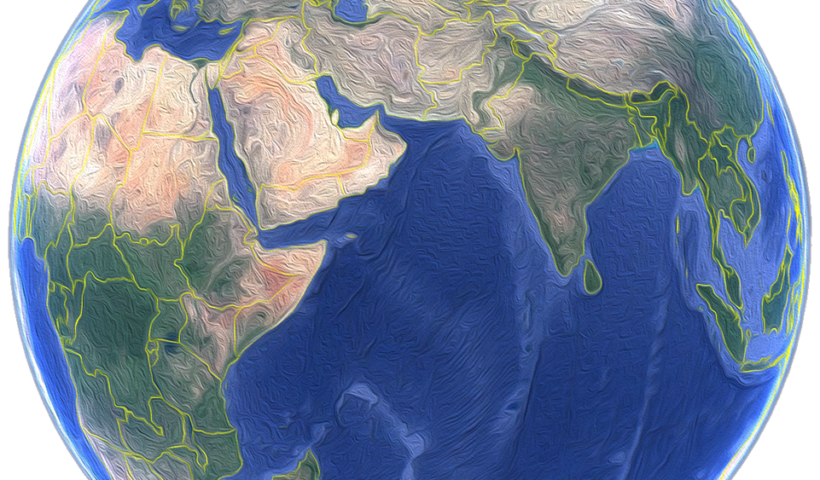The Vast World of Seas: A Comprehensive Guide to Earth’s Expansive Water Bodies The world’s oceans and seas cover more than 70% of the Earth’s surface, making them a crucial part of our planet’s ecosystem. From the mighty Pacific to the mysterious depths of the Mariana Trench, this comprehensive guide explores the diverse and awe-inspiring world of Earth’s expansive water bodies. Discover the unique characteristics, marine life, and environmental importance of these vast bodies of water, providing valuable insights into the fragile balance that sustains life on our blue planet.
View More The Vast World of Seas: A Comprehensive Guide to Earth’s Expansive Water BodiesThe Vast World of Seas: A Comprehensive Guide to Earth’s Expansive Water Bodies
IILSS 24th September 2023
Arabian SeaArabian Sea: Delving into the Vibrant Cultures along the Arabian Coastcaribbean seaCaribbean Sea: Basking in the Tropical Splendors of the CaribbeanCoral SeaCoral Sea: Exploring the Pristine Ecosystems of the Coral SeaExploring the Wonders of Earth's SeasMediterranean seaMediterranean Sea: Tracing the Ancient History of the MediterraneanSeas of the World: A Fascinating Tour of Lesser-Known Water BodiesThe Arctic OceanThe Arctic Ocean: Unraveling the Secrets of the Northernmost SeaThe Atlantic OceanThe Atlantic Ocean: Unveiling the Mysteries of the AtlanticThe Five Oceans: A Closer Look at Earth's Largest Bodies of WaterThe Indian OceanThe Indian Ocean: Discovering the Riches of the Indian OceanThe Pacific Ocean: A Journey Through the Mighty PacificThe Southern OceanThe Southern Ocean: An Exploration of the Icy Antarctic WatersThe Vast World of Seas: A Comprehensive Guide to Earth's Expansive Water Bodies

